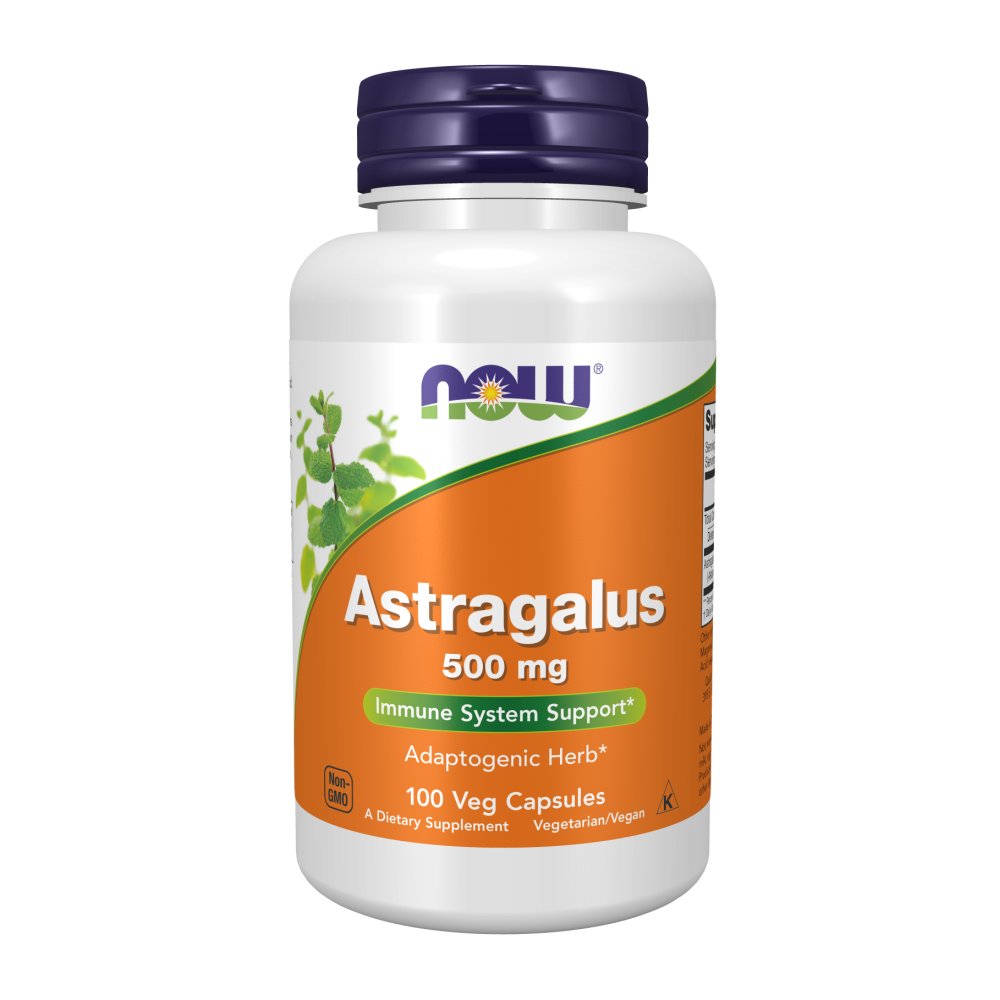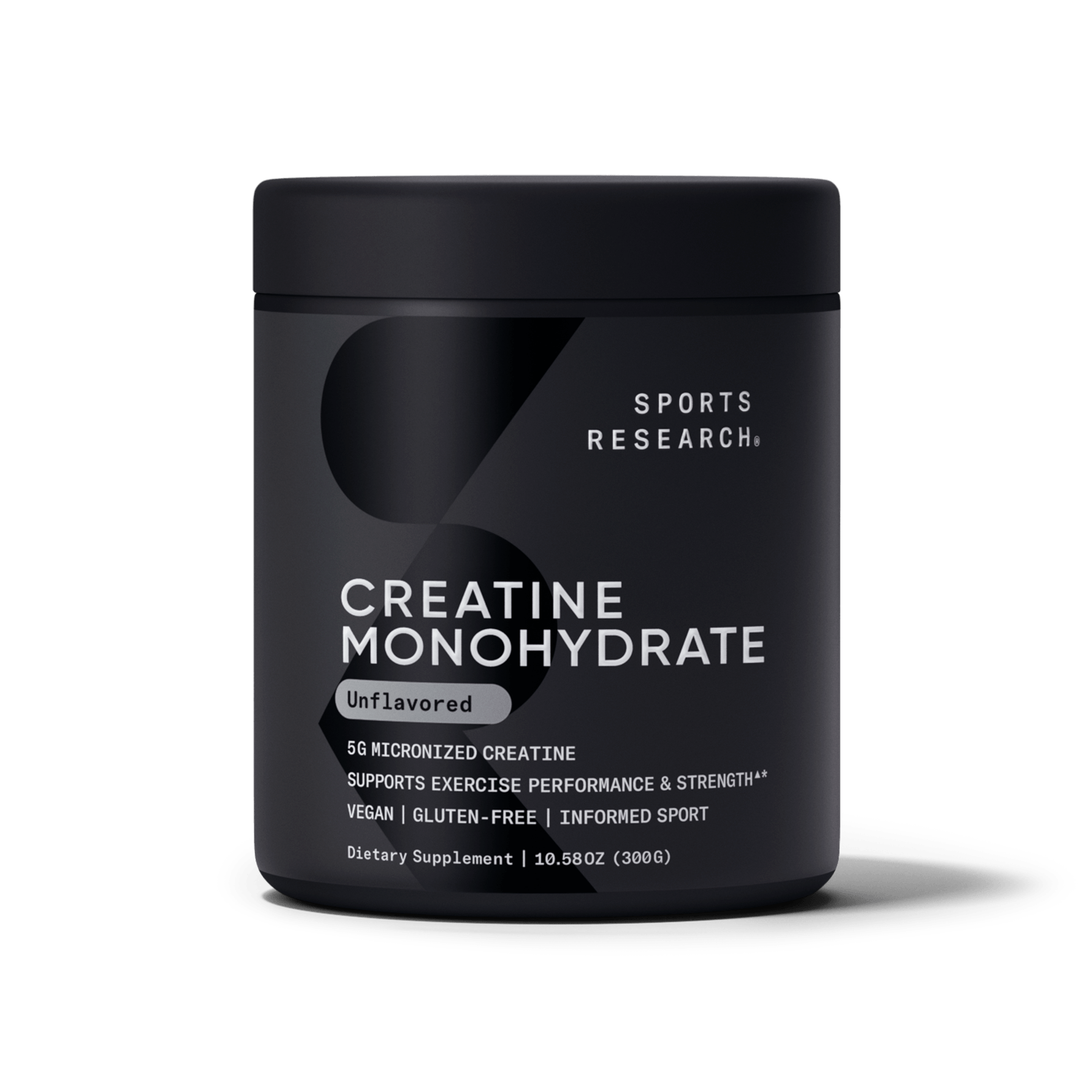Blow-dry and straighten your hair often but still not too fussed about hair care? Be wary if you're still practicing this, as premature ageing can also happen to hair!

A woman just cannot be separated from her hairstyling tools, whether it's straighteners, curlers or a hairdryer. Unfortunately, these hot tools often lead to hair damage and breakage. Even using spray or foams everyday can affect hair health. It’s pointless if hair looks amazing on its surface but hides plenty of damage within. One of the signs of premature hair ageing other than grey hair is dull hair, commonly found in people aged 30 years and above. One day of beautiful hair is not worth trading in your hair’s age!
Premature hair ageing also depends on how often you wash your hair with Shampoo. The more often hair is washed the lower the scalp’s natural oil level will be. This leads to hair that is prone to frizzing and hair that looks stiffer. Experts advise that shampooing 2-3 times a week is enough to keep hair healthy, Ladies.
There’s no one out there who is yet to have a bad hair day, even Beyonce must’ve had a bad hair day. When a bad hair day occurs, we usually resort to tying up our hair, just to hide the bird’s nest on top of our head where hair should be. But, did you know that this too contributes to premature hair ageing due to the stress placed on the hair follicles? This makes hair prone to breaking and causes excessive hair fall. Should we then stop tying up our hair? Of course not! Feel free to tie up your hair and create whichever up-do you wish, just make sure you’re loosening your knots and not putting too much stress on your hair.

Other than using hairstyling tools and tying up our hair with a cute hairstyle, us ladies also often like to try out new hair colours to change up our look. And with popular hair trends such as balayage or ombre, it’s definitely hard to resist! Despite all its allure, hair colourants unfortunately contribute to hair damage as the chemical in the dye can cause premature hair ageing. In particular, ammonium in dyes work to penetrate the hair cuticle thus causing hair breakage, split ends or even balding.
Dry hair is also a sign of premature hair ageing. Dry hair can occur because of a couple of reasons, with one being frequent exposure to heated styling tools. Decrease in natural oils and hair elasticity worsens the condition of the hair as it is not properly protected before being exposed to heat from hairstyling tools. To prevent this, it’s advisable to routinely deep condition hair with a hair mask once a week. You’re also advised to apply a serum or hair vitamin enriched with protein & pro-vitamin to minimise hair damaged by hot hairstyling tools.

To prevent premature hair ageing you can use the Ellips Hair Vitamin Ultra Treatment enriched with Everlasting Flower, Camelia Oil (Green Tea), Vit A, E, dan Pro Vit B-5. You can also prevent frizzy hair by using Ellips Hair Mask which is able to deeply nourish hair down to the strands and makes hair healthier and stronger with its pro-vitamin formulation. There are 4 types of Ellips Hair Masks that you can try depending on your hair problems, they are Hair Treatment, Smooth & Shiny, Nutri Colour, and Volume Miracle. Now is your chance to take better care of your hair, Ladies!





